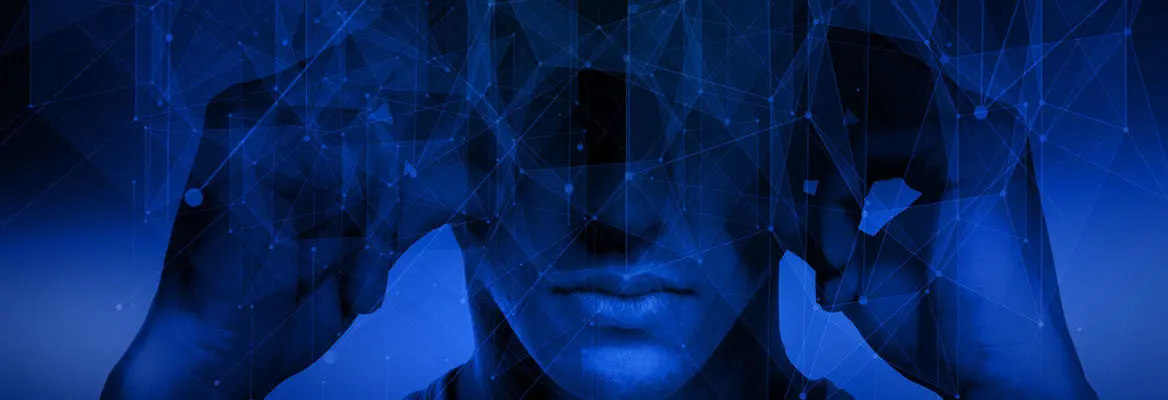Our efforts to solve the hard problem of consciousness will require significant scientific progress and a paradigm shift in what we consider an acceptable answer to this philosophical puzzle.
In his book The Conscious Mind, consciousness researcher David Chalmers distinguishes between what he calls the “easy problems” of consciousness and the “hard problems.”
The easy problems are those that can be satisfactorily solved by providing a mechanistic explanation based on the methods of scientific disciplines such as computer science, neuroscience, biology, and cognitive psychology. The easy problems include those of offering explanations of our ability to discriminate, categorize, attend to, and report on environmental stimuli; how information is integrated from different sensory modalities; and how internal body maps are used to guide our movements when we perform actions. Even if a complete explanation of these problems is not currently available, there is little doubt that one can be provided by employing scientific methodology. While solving these problems is an important step toward a complete account of consciousness, this doesn’t give us the whole picture. This is where the hard problems of consciousness enter the picture. These problems concern the phenomenal aspect of experience, or what it is like to have an experience, say, what it is like to experience bright pink, have a headache, or imagine your boss as a centaur.
There are several hard problems of consciousness - or aspects of the hard problem, if you wish. One is that of explaining why we have subjective and qualitatively rich experiences when our brain processes information from the environment, which we use to solve problems and act on the world. This problem is hard because it is highly plausible that we could do everything we do without any corresponding conscious awareness. For example, there are people who get out of their bed and complete complicated actions while still asleep. We call it “sleepwalking.” But walk is not all “sleepwalkers” do.
Scientific explanations of consciousness don’t offer any insight into the subjective and qualitative aspects of experience.
Rob Wood, a former chef, cooked spaghetti Bolognese, omelets, and fish and chips during his sleep. Computer expert Ian Armstrong was observed by his wife mowing the lawn naked at 2 a.m. while asleep, and some have even commit murder. In the early morning of May 1987, Kenneth Parks, a 23 year-old father and husband from Toronto, got out of bed and drove 23 kilometers from Pickering to the house of his wife’s parents, where he proceeded to bludgeon them to death with a tire iron. After careful examination of the case, the experts could find no explanation of the crime other than sleepwalking. He was later acquitted of the double homicide in court. It has been scientifically demonstrated that people who sleepwalk (or sleep-cook or sleep-kill) are in a phase of deep sleep and have no conscious awareness of their surroundings.
Yet cooking spaghetti Bolognese, mowing the lawn or driving while navigating traffic lights and stop signs requires that the brain processes complex information and uses that information to guide the body. Such cases show that we are capable of processing and responding to information from our environment without any corresponding conscious awareness. Something similar is arguably going on when we perform routine actions while our attention is elsewhere, for example driving home, on auto-pilot, as it were, and not remembering how we got there.















Join the conversation